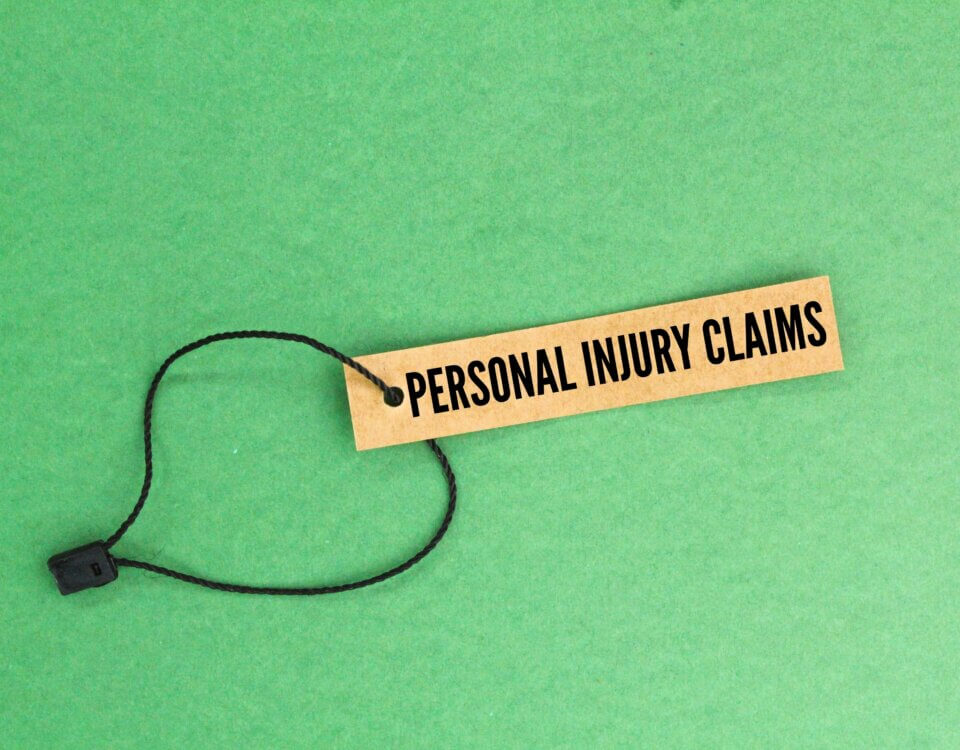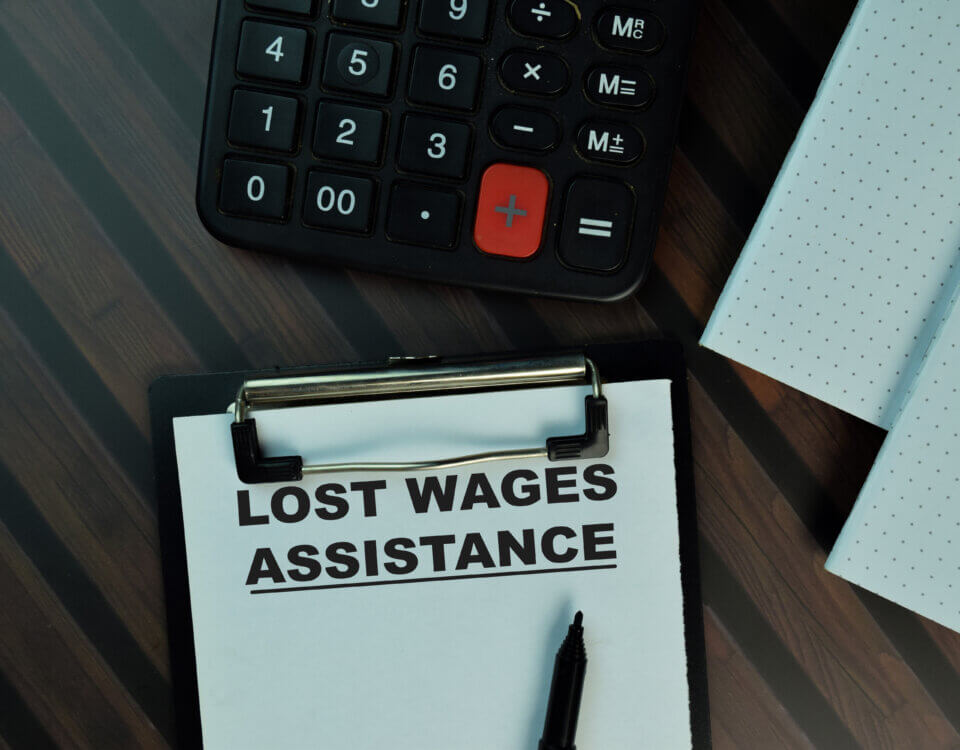California follows an at fault insurance system, not a no fault system. This means that when a car accident happens, the driver who caused the crash and their insurance company are responsible for covering damages.
What Does At Fault Mean?
In California, the driver who is determined to be responsible for causing the accident must pay for injuries and property damage. Victims file claims against that driver’s insurance policy, and if the coverage does not fully cover the losses, they may be able to file a lawsuit to recover the remaining amount.
How This Differs from No Fault States
In no fault states, each driver turns to their own insurance for medical bills and lost wages, regardless of who was at fault. Drivers in those states are usually required to carry Personal Injury Protection coverage. In many cases, lawsuits are only allowed if the injuries are very serious or meet certain legal thresholds.
California’s At Fault System and What It Means for You
- Fault must be proven with evidence such as police reports, photographs, or witness statements.
- Even if you share some of the blame, California’s comparative fault rule allows you to recover damages. Your compensation will simply be reduced by the percentage of fault assigned to you.
- All drivers in California must carry minimum liability insurance, which includes fifteen thousand dollars for injury to one person, thirty thousand dollars for injury to multiple people in a single accident, and five thousand dollars for property damage.
Why This Matters
Understanding that California is an at fault state is important for every driver. Proving fault is essential to getting compensated for medical expenses, lost wages, and property damage. Insurance companies may dispute responsibility, which can complicate the process.
At Hillstone Law, we are experienced in handling fault based claims and helping accident victims secure fair compensation. If you or a loved one has been injured in a crash, our team is here to guide you through the process and fight for your rights.
Note: These blog posts are created solely for the use of Hillstone Law. The information is gathered from internet research, publicly available sources, and artificial intelligence (AI) tools such as ChatGPT. While we aim to share helpful and educational content, Hillstone Law does not independently verify every detail. Some information may be incomplete, outdated, or subject to change without notice. If you believe any part of a post is inaccurate, misleading, or infringes upon copyright, please contact Hillstone Law immediately so we can review it and take appropriate action, including correction or removal.
Disclaimer: The material provided in these blogs is for general informational purposes only and should not be considered legal advice. Reading these posts does not create, and is not intended to create, an attorney-client relationship with Hillstone Law. Our intent is to share knowledge, raise awareness, and provide helpful resources to the public; however, Hillstone Law makes no warranties or guarantees about the accuracy, completeness, or reliability of the information provided, and expressly disclaims liability for any actions taken in reliance on it. The photos used in these posts are for illustrative purposes only and do not depict actual clients, individuals, or incidents unless expressly stated. If you or a loved one has been injured in an accident, please contact Hillstone Law at (855) 691-1691. Our attorneys are available to answer your legal questions and help you understand your rights.







